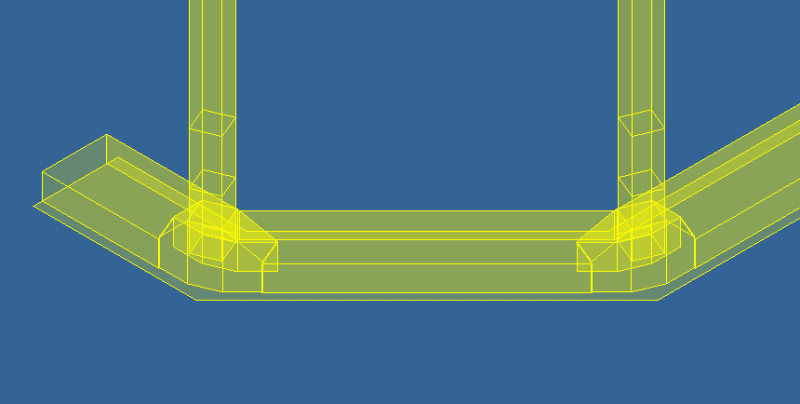Hello,
I'm looking for a method to model the effect of a soft ground below the base of a steel hopper-bottom silo. I have the silo modeled in Inventor Nastran. As I understand, creating a CAD model for the ground and using contacts isn't an appropriate way to do this because of the large difference in stiffness. Likewise, constraints aren't appropriate since the ground is soft.
Does anyone have any suggestion for how to take into account the ground? Thanks in advanced.
I'm looking for a method to model the effect of a soft ground below the base of a steel hopper-bottom silo. I have the silo modeled in Inventor Nastran. As I understand, creating a CAD model for the ground and using contacts isn't an appropriate way to do this because of the large difference in stiffness. Likewise, constraints aren't appropriate since the ground is soft.
Does anyone have any suggestion for how to take into account the ground? Thanks in advanced.


![[smile] [smile] [smile]](/data/assets/smilies/smile.gif) .
.